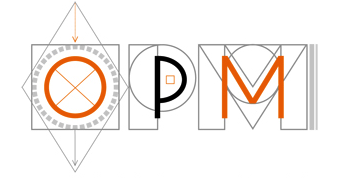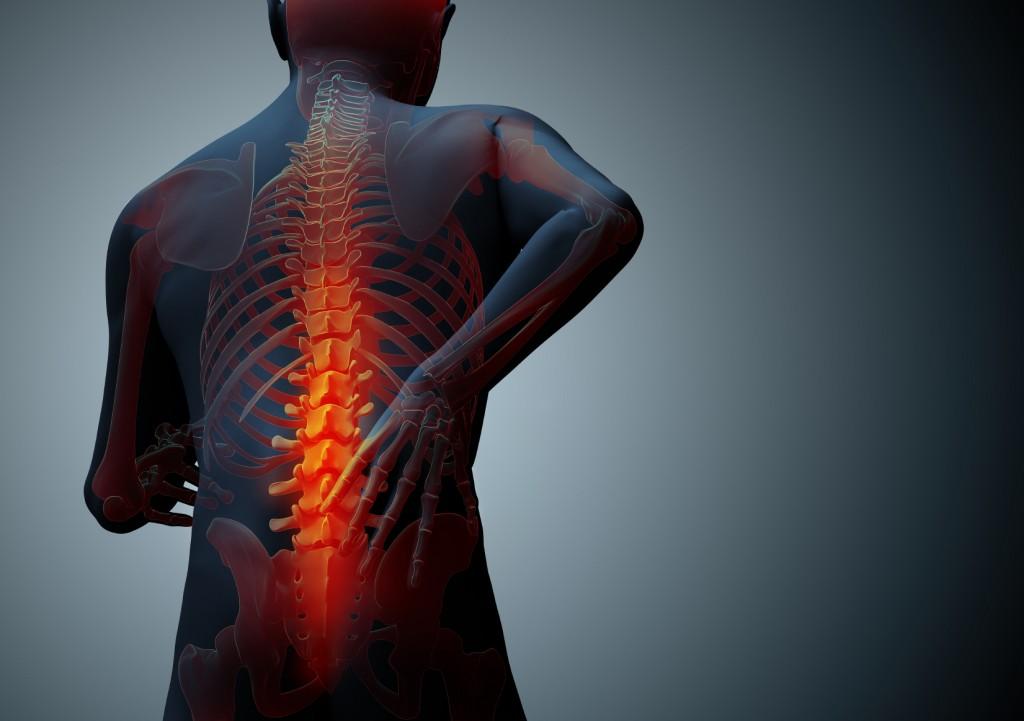 Suddenly 3D printed spinal implants seem to be gaining quite a bit of traction. Just last week, we reported on a German company named joimax®, who had just gained FDA approval for their EndoLif 3D printed fusion implants.
Suddenly 3D printed spinal implants seem to be gaining quite a bit of traction. Just last week, we reported on a German company named joimax®, who had just gained FDA approval for their EndoLif 3D printed fusion implants.
Today comes news form South Windsor, Conn., where Oxford Performance Materials, Inc. has announced that they have received 510(k) clearance from the FDA for their 3D printed SpineFab VBR System Implants, marking this their third successful OsteoFab regulatory clearance. This is the first ever, and currently only, 3D printed polymer, load-bearing device for implantation that has received FDA clearance.
There are literally thousands of spinal surgeries that take place each year. As technology improves, so do the success rates and the ability for surgeons to help individuals suffering from disabilities and pain regain their previous form. The fact that the FDA continues to approve 3D printed devices such as these, shows that the technology is moving in the right direction.
“Receiving FDA clearance for our SpineFab system is a significant accomplishment for our team and a key milestone for OPM,” explained Scott DeFelice, Chief Executive Officer and Chairman of Oxford Performance Materials. “This clearance serves as further confirmation of our ability to repeatedly build fully functional 3D-printed parts and mission critical robust structures. The introduction of our SpineFab system represents exciting news for the Company’s entry into the attractive spinal market, and this lays the foundation for future generations of load-bearing OsteoFab implants in the orthopedic industry.”
OPM’s SpineFab is a vertebral body replacement that can be used in the middle to lower part of a person’s spine. The vertebral body is the front portion of the vertebrae, and for various reasons, many individuals suffer debilitating injuries or disease which require the replacement of this bone. This is where the newly approved SpineFab comes to their aid. Who would have thought that in the year 2015 people would be walking around with 3D printed spines?
“We have built a strategy with the patient in mind by working together with clinicians to bring innovative device solutions that anticipate improved surgical outcomes,” said Severine Zygmont, President of OPM Biomedical. “Today we have achieved our goal to build the first 3D printed polymer implant that has been cleared for a load bearing indication. Our OsteoFab process, which combines 3D printing with a unique material chemistry, is causing the industry to rethink how implants are designed and manufactured. We can now envision devices that will promote bone tissue formation while being imaging friendly and anatomically desirable.”
3D printing lends itself to massive customization, and this is no different for Oxford Performance Materials and their production of the SpineFab system. The implants will be 3D printed in 48 different sizes, using a special biocompatible polymer which is printed one layer at a time via a selective laser sintering process. The process is exclusive to OPM, and uses their proprietary OXPEKK powder formulation which can be used for printing both neurological and orthopedic implants. The material is radiolucent, features bone-like mechanical properties, and allows for future bone growth to take place.
Several companies have shown an interest in distributing SpineFab, although complete details have not yet been released.
Subscribe to Our Email Newsletter
Stay up-to-date on all the latest news from the 3D printing industry and receive information and offers from third party vendors.
You May Also Like
Gorilla Sports GE’s First 3D Printed Titanium Cast
How do you help a gorilla with a broken arm? Sounds like the start of a bad joke a zookeeper might tell, but it’s an actual dilemma recently faced by...
Nylon 3D Printed Parts Made More Functional with Coatings & Colors
Parts 3D printed from polyamide (PA, Nylon) 12 using powder bed fusion (PBF) are a mainstay in the additive manufacturing (AM) industry. While post-finishing processes have improved the porosity of...
$25M to Back Sintavia’s Largest Expansion of Metal 3D Printing Capacity Since 2019
Sintavia, the digital manufacturing company specializing in mission-critical parts for strategic sectors, announced a $25 million investment to increase its production capacity, the largest expansion to its operations since 2019....
Velo3D Initiates Public Offering in a Bid to Strengthen Financial Foundations and Drive Future Growth
Velo3D (NYSE: VLD) has been among a number of publicly traded 3D printing firms that have attempted to weather the current macroeconomic climate. After posting a challenging financial report for 2023,...

































